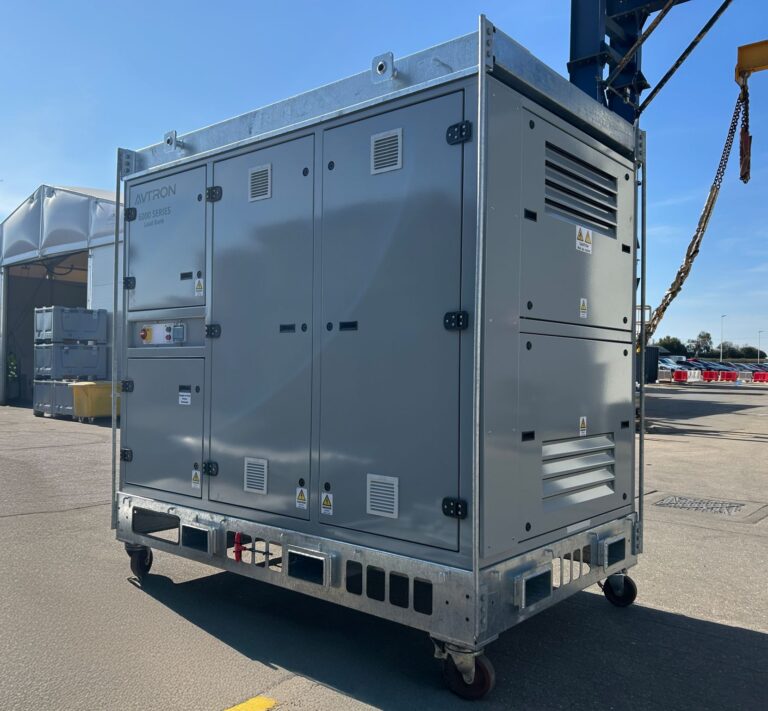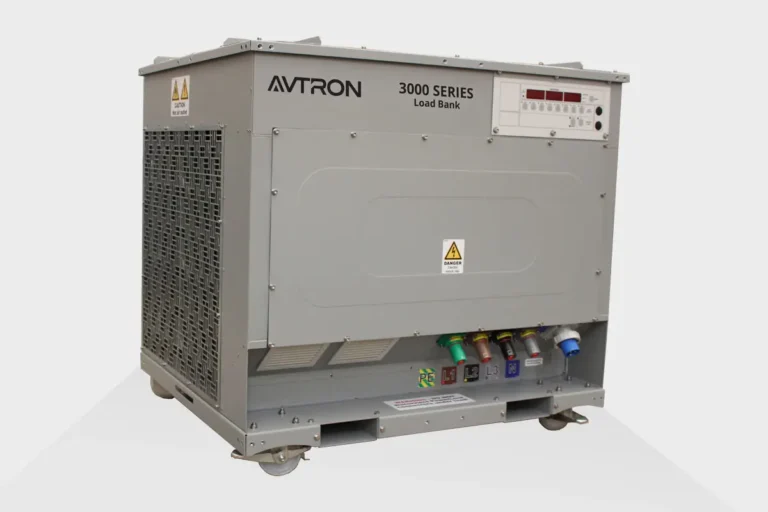Load Banks
Load Banks
All Leading Brands Load Bank distributor
Loadbanks are used to test electrical power supplies. They simulate variable electrical load conditions in a way that can be accurately controlled, measured and recorded.
Load banks come in various categories, each designed for specific purposes and applications. The categorization is based on factors such as power capacity, voltage, intended use, and the type of load (resistive, inductive, capacitive). Here are some common load bank categories:
- Resistive Load Bank
- Reactive Load Bank
- Capacitive/ Inductive Load bank
- High Power and High Voltage Load Bank
🔌 What Is a Resistive Load Bank?
A resistive load bank is a device used to simulate real electrical loads for the purpose of testing power sources such as generators, UPS systems, and inverters. It safely absorbs and dissipates electrical energy as heat using the Joule effect.
The principle of the resistive load bank
The principle of a resistive load bank is a load that absorbs energy in an electrical system .
There are 2 types of charges:
- Capacitive loads
- Resistive loads
Electrical devices that do not have capacitive loads are divided into 2 large groups:
- Resistive loads
- Inductive loads
The functions of the resistive load bank
The resistive load bank is used for:
- generator set test phases at 100% of nominal value in kW from the nameplate.
- complete charge of generator cooling systems, fuel and exhaust systems.
🔌 A reactive load bank: what is it for?
Electric power = active power + reactive power
A generator set independently produces electricity of different power levels. This power is said to be apparent or true and is the trigonometric sum of the active and reactive power.
The reactive power required for systems equipped with a winding
Reactive power is not really power strictly speaking since one cannot “work” with it. On the other hand, it is generated by many systems or equipment, especially those equipped with a winding :
- rotating motors,
- refrigeration devices,
- some computer components
- etc….
This power must then be dissipated lest your electricity provider overcharge you.
The reactive load bank to correct reactive power
This reactive power can be compensated by capacitor banks . Indeed, they have the property of being able to supply reactive energy to the system when it needs it. This is where the load bank comes in by:
- correcting reactive power
- regularizing the cosine Phi , that is, the power factor.

🔌Capacitive vs. Inductive Load Banks: What’s the Difference?
When testing or verifying power systems, managing reactive power is just as important as handling active power. That’s where reactive load banks come in — specifically, inductive and capacitive types.
⚙️ Two Types of Reactive Load Banks:
Inductive Load Bank
➤ Used when the equipment’s power factor is between 0 and 1 (lagging).
➤ Simulates inductive loads typically found in motors, transformers, and generators.Capacitive Load Bank
➤ Used when the power factor is between -1 and 0 (leading).
➤ Simulates capacitive loads, which may arise from systems with power factor correction capacitors, certain electronics, or unloaded cable runs.
🔍 Why Use Reactive Load Banks?
Their key role is to simulate non-unity power factor conditions during load testing, helping:
✅ Ensure full load testing of generators or UPS systems
✅ Correct phase shift by balancing inductive/capacitive behavior
✅ Improve and verify system stability and power quality
For installations with a high presence of motors, transformers, or capacitors, these banks are essential for reactive power compensation and accurate performance validation.
Whether you need to simulate lagging or leading power factors, there’s a reactive load bank solution to meet the challenge.
🔌Powering the Future with 3.3 MVA Load Banks — And Beyond ⚡
In response to the growing demand for electricity production in Middle East and across the globe, we offer high-power electric load banks — starting at 3.3 MVA and scalable beyond through interconnection.
🚀 Why choose our 3.3 MVA Load Bank?
🔐 Security
Instant readiness — start anytime, ensuring system safety and responsiveness.
⚙️ Performance
Stable voltage and frequency under load, ensuring reliable and accurate system validation.
🌍 Optimization
Helps limit fuel consumption and reduce emissions, contributing to cleaner operations and lower operational costs.
Whether you’re commissioning a power plant, testing a large generator, or maintaining critical energy infrastructure, our high-power load banks are built for today’s energy challenges — and tomorrow’s ambitions.
